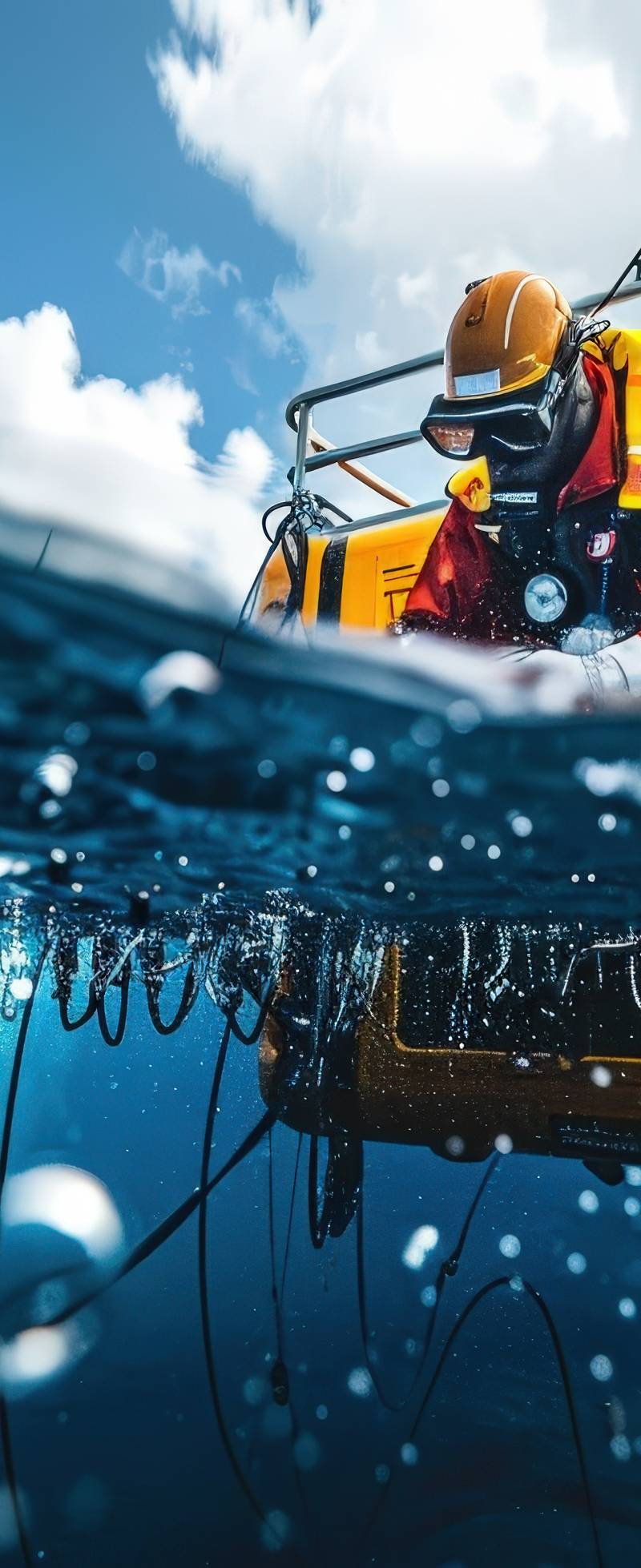The UK’s National Oceanography Centre (NOC) has delivered a roadmap to guide how we observe the ocean to increase our understanding of the potential impacts of expanding offshore wind developments on the marine environment.
The Scoping an Offshore Wind Sustained Observation Programme report was commissioned by the Scottish Government’s Scottish Marine Energy Research (ScotMER) Programme to help inform the planning of significant offshore wind farm expansion within, but not limited to, the Scottish sector of the North Sea.
The report and its recommendations come at a pivotal moment, particularly for floating offshore wind expansion, as part of a broader Scottish Government strategy to achieve net-zero greenhouse gas emissions by 2045.
Harnessing NOC’s expertise in environmental monitoring and marine observation, the report reviews current knowledge of key environmental aspects of the North Sea, focusing on the water column structure and seasonal variability.
It highlights knowledge gaps around potential offshore wind-related impacts. It recommends that key essential ocean variables (EOVs) be used as a baseline and for future monitoring to help protect the marine environment.
“Relatively little is known about what impacts fixed and floating wind farms could have as offshore wind expands into deeper waters, with climate change adding further complexity,” says Dr. Michela De Dominicis, an ocean modeling senior scientist at NOC.
“This step in understanding is what we need to baseline and then observe ongoing changes in the marine environment, which will then help to safeguard the health of our ocean,” adds Dr Charlotte Williams, a physical oceanographer at NOC.
The Scottish Government aims to add at least 20 gigawatts (GW) of new renewable electricity capacity by 2030, potentially generating about 50% of Scotland’s current total energy demand.
There is currently about 3 GW of offshore wind operational in Scottish waters. The Scottish Government’s ScotWind leasing round targets a further 28 GW across 20 projects, with another 5 GW targeted in the Innovation and Targeted Oil & Gas (INTOG) round.
Half of these future projects are floating offshore wind developments, which will be placed in slightly deeper waters, mixed in winter, and in summer are stratified or divided into different vertical layers that don’t easily mix.
Stratification and mixing are critical to how much phytoplankton there is. Phytoplankton form the basis of the marine food web, delivering nutrients to where they are needed and underpinning the ongoing environmental functioning of the sea.
Key recommendations:
- Better access to and integration of existing data, prioritizing acquiring essential physical and biogeochemical indicators (EOVs) at regional and site-specific scales.
- Observational parameters, such as those related to water column stability and stratification, should be acquired using various monitoring platforms, including remote systems.
- As a primary tool to predict the potential cumulative impacts of future infrastructures, computer model simulations are key. Models should first be built and validated using existing data and new data acquired during observational campaigns close to operational wind farms.
- Improved stakeholder collaboration and joint industry programs should enable long-term strategic monitoring and clearer protocols for monitoring and modeling impacts.
The roadmap recommendations will help inform a Scottish Government review of its Sectoral Marine Plan for Offshore Wind Energy to reflect these latest leasing rounds and scientific knowledge.

